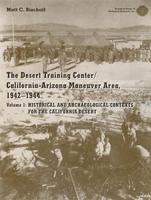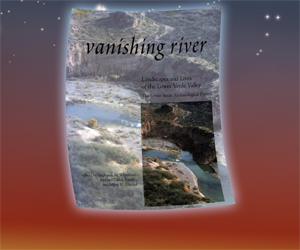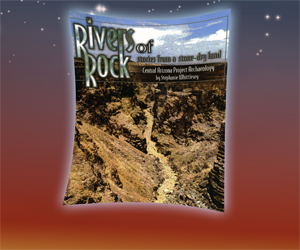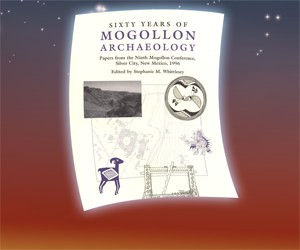The Desert Training Center/California-Arizona Maneuver Area, 1942-1944: Historical and Archaeological Contexts

By Matt C. Bischoff
Technical Series 75
Volume 1: Historical and Archaeological Contexts for the California Desert (currently out of stock)
156 pp. / 8.50 x 11.00 / 2009 (second printing)
Paper (978-1-8794-4275-7)
Volume 2: Historical and Archaeological Contexts for the Arizona Desert
175 pp. / 8.50 x 11.00 / 2006
Paper (978-1-879442-96-2)
Price : $30.00
During the opening days of World War II, General George S. Patton, Jr., was placed in charge of locating and developing an armored training facility in an unpopulated portion of the West. Patton and other officers were instrumental in designating over 18,000 square miles of the Arizona and California desert to prepare troops for the rigors of desert warfare in the forthcoming invasion of North Africa. Operating from 1942 to 1944, the Desert Training Center (DTC) expanded far beyond this original scope and in 1943 became known as the California-Arizona Maneuver Area (C-AMA), the largest military training ground in the history of military maneuvers. Countless reminders of the massive facility exist throughout the California desert today. Maneuver areas, where entire divisions practiced attacking and defending huge land areas, can be seen. Tank tracks can be detected in a variety of locations. Divisional camps, measuring three miles long by one mile wide and housing over 15,000 men at one time, are marked with rock-lined walkways, and unit symbols are spelled out in white quartz.
It was also ephemeral, with few permanent structures, and it was entirely abandoned at the end of the war. The historical context is accompanied by descriptions of the remaining property types associated with the DTC/C-AMA and commentary on the significance of these resources. Included are details on the administrative history of the facility, the daily lives of the men stationed there, and the weapons, vehicles, and equipment used. The report is richly illustrated with historical and modern photographs, maps, and drawings, all of which help the reader gain an intimate sense of what took place in this portion of the desert Southwest more than a half century ago. The facility also contained airfields, supply depots, railroad sidings, hospitals, and weapon ranges. Bischoff blends the history and archaeology of this complex facility into a fascinating study that will serve as a model for research of these resources.
Explore the Table of Contents















